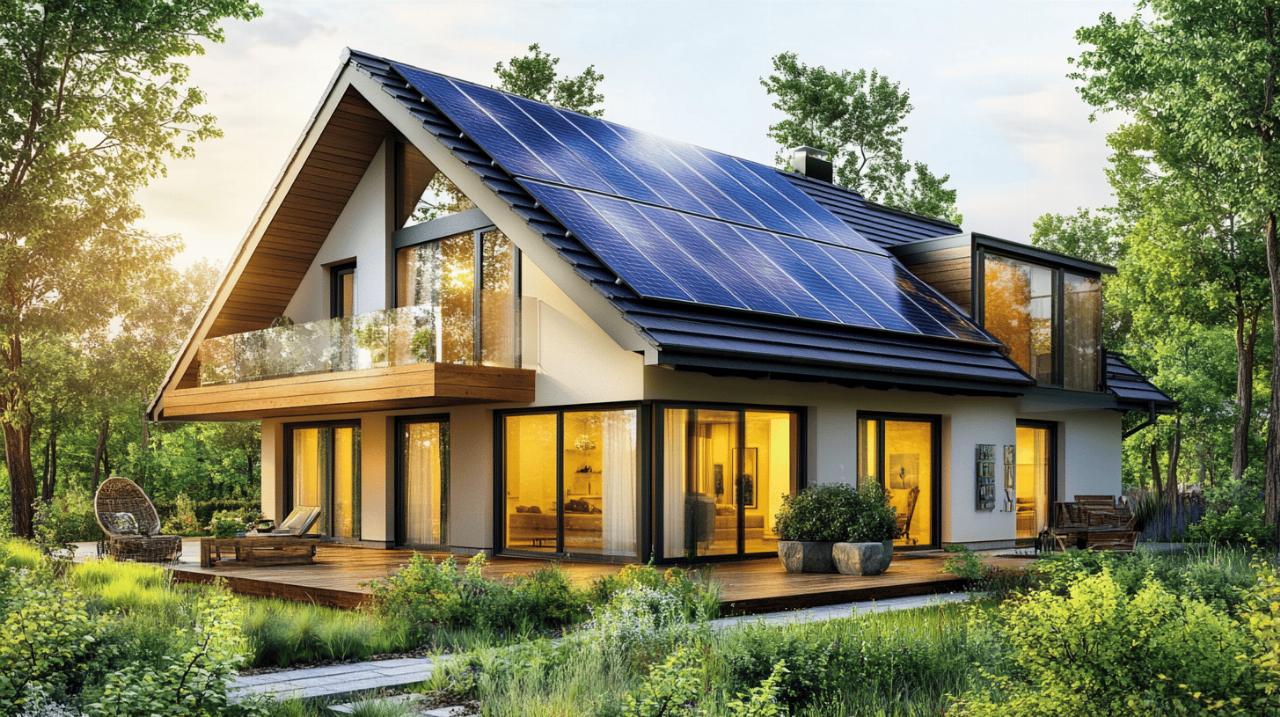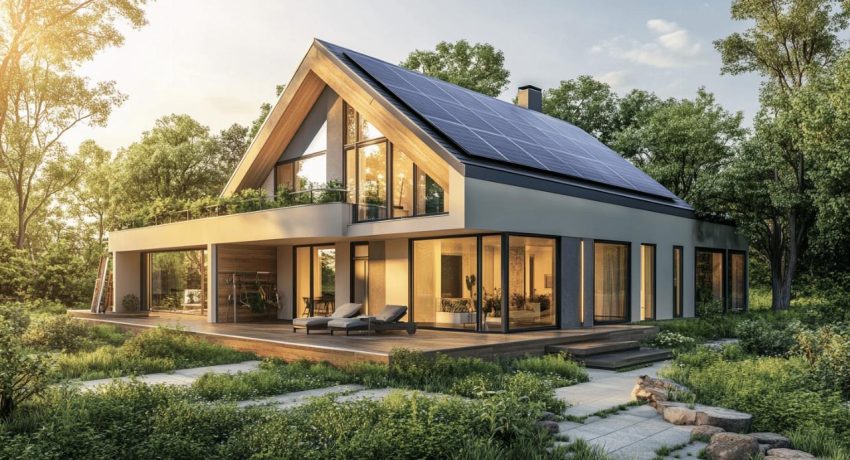The landscape of home energy efficiency is rapidly evolving, with innovative technologies and techniques emerging that can significantly reduce both your carbon footprint and energy bills. As homeowners increasingly prioritise sustainability, implementing strategic improvements has never been more relevant. These advancements not only contribute to environmental conservation but also enhance the comfort and value of your property.
Smart insulation solutions
When looking to boost your home’s energy efficiency, insulation should be your first consideration. Modern insulation solutions go far beyond traditional methods, offering remarkable improvements in thermal performance. A properly insulated home can save approximately £240 annually in Great Britain and £270 in Northern Ireland through cavity wall insulation alone. Even simple upgrades like increasing roof insulation from 120mm to at least 270mm can yield yearly savings of about £20 in GB and £25 in NI. Construction experts from https://www.scuolaedilerimini.it/ emphasise that effective insulation is fundamental to energy conservation in residential buildings, serving as the foundation for all other efficiency measures.
Thermal bridging prevention techniques
Thermal bridging occurs when materials that conduct heat more readily than surrounding insulation create pathways for heat to escape. This phenomenon can significantly undermine even the best insulation systems. Advanced thermal break materials are now available that effectively interrupt these heat flow paths. Installing continuous insulation layers that wrap the entire building envelope without interruption is becoming standard practice among energy-conscious builders. Another innovative approach involves using specially designed fasteners and brackets that minimise heat transfer while maintaining structural integrity. These techniques, while requiring careful attention during installation, deliver substantial long-term energy savings by ensuring the insulation system performs as intended.
Modern eco-friendly insulation materials
The insulation market has witnessed remarkable innovation with new materials that combine superior thermal performance with environmental sustainability. Aerogel insulation, once limited to aerospace applications, has now entered the residential market, offering exceptional R-values in incredibly thin profiles. Sheep wool insulation provides excellent thermal and acoustic properties while being entirely renewable and biodegradable. Mycelium insulation, grown from mushroom roots, represents another breakthrough, creating effective insulation panels with minimal environmental impact. For those concerned about indoor air quality, cellulose insulation made from recycled paper treated with non-toxic fire retardants offers an excellent alternative to traditional fibreglass. These materials not only reduce energy consumption but also address broader environmental concerns throughout their lifecycle.
Advanced window technologies

Windows typically account for significant heat loss in homes, making them crucial targets for energy efficiency improvements. Traditional single-glazed windows can lose up to ten times more heat than an equivalent area of insulated wall. Upgrading to A-rated double glazing in a semi-detached gas-heated house can save £140 annually in Great Britain and £160 in Northern Ireland. However, the latest window technologies go well beyond standard double glazing, offering dramatic improvements in thermal performance while enhancing comfort and aesthetics. Professional draught-proofing of windows and doors, costing approximately £250, can further reduce energy bills by £85 yearly in GB and £95 in NI.
Triple-glazing and vacuum glass options
Triple-glazed windows incorporate three panes of glass with gas-filled spaces between them, significantly reducing heat transfer compared to double glazing. These windows excel in colder climates and areas with high noise pollution, creating both a thermal and acoustic barrier. Vacuum glazing represents an even more advanced solution, removing air entirely from between glass panes to nearly eliminate conductive and convective heat transfer. This technology achieves insulation values comparable to triple glazing but with much thinner profiles, making it ideal for retrofitting historic buildings where frame dimensions cannot be altered. Gas-filled units using argon, krypton or xenon between panes further enhance thermal performance by reducing heat conductivity compared to regular air.
Smart tinting and dynamic window systems
The latest generation of window technology includes dynamic systems that actively respond to environmental conditions. Electrochromic glass changes its tint level in response to electrical signals, allowing occupants to control solar gain and glare with the touch of a button or automatically via smart home systems. Thermochromic windows automatically adjust their tint based on temperature, darkening when exposed to direct sunlight to reduce cooling loads. Photochromic variants respond directly to light intensity, similar to transition eyeglasses. These smart windows can reduce cooling costs by up to 20% in summer months while maximising natural light and solar heat gain during winter. When integrated with home automation systems, they optimise energy performance throughout changing daily and seasonal conditions without requiring any user intervention.








